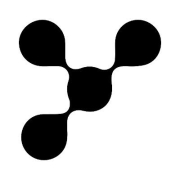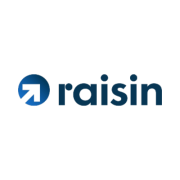Open Banking Platforms offer financial institutions a way to share data securely with third-party providers to create a more connected and customer-oriented banking environment.
The top 5 Open Banking Platform solutions are TrueLayer, Yapily, tink, Token and Bud, as ranked by PeerSpot users in March 2025. TrueLayer received the highest rating of 0.0 among the leaders, is the most popular solution in terms of searches by peers, and holds the largest mind share of 36.2%.
Utilizing Open Banking Platforms can help banks and financial institutions leverage customer data to deliver more personalized services. These platforms use APIs to enable third-party developers to build applications and services around the financial institution, enhancing the customer's banking experience. Real user insights indicate that the effectiveness of these platforms can significantly improve a bank's operational efficiency and market competitiveness.
What are the key features of Open Banking Platforms?Open Banking Platforms are implemented in the financial services industry to facilitate secure data sharing, allowing banks to collaborate with fintech companies. For example, a retail bank may use an open banking approach to integrate budgeting tools offered by third-party developers, enhancing their value proposition to customers.
Open Banking Platforms help organizations by fostering innovation, improving customer satisfaction, and ensuring compliance with regulatory requirements. These platforms are essential for financial institutions aiming to stay competitive in a rapidly evolving digital landscape.








